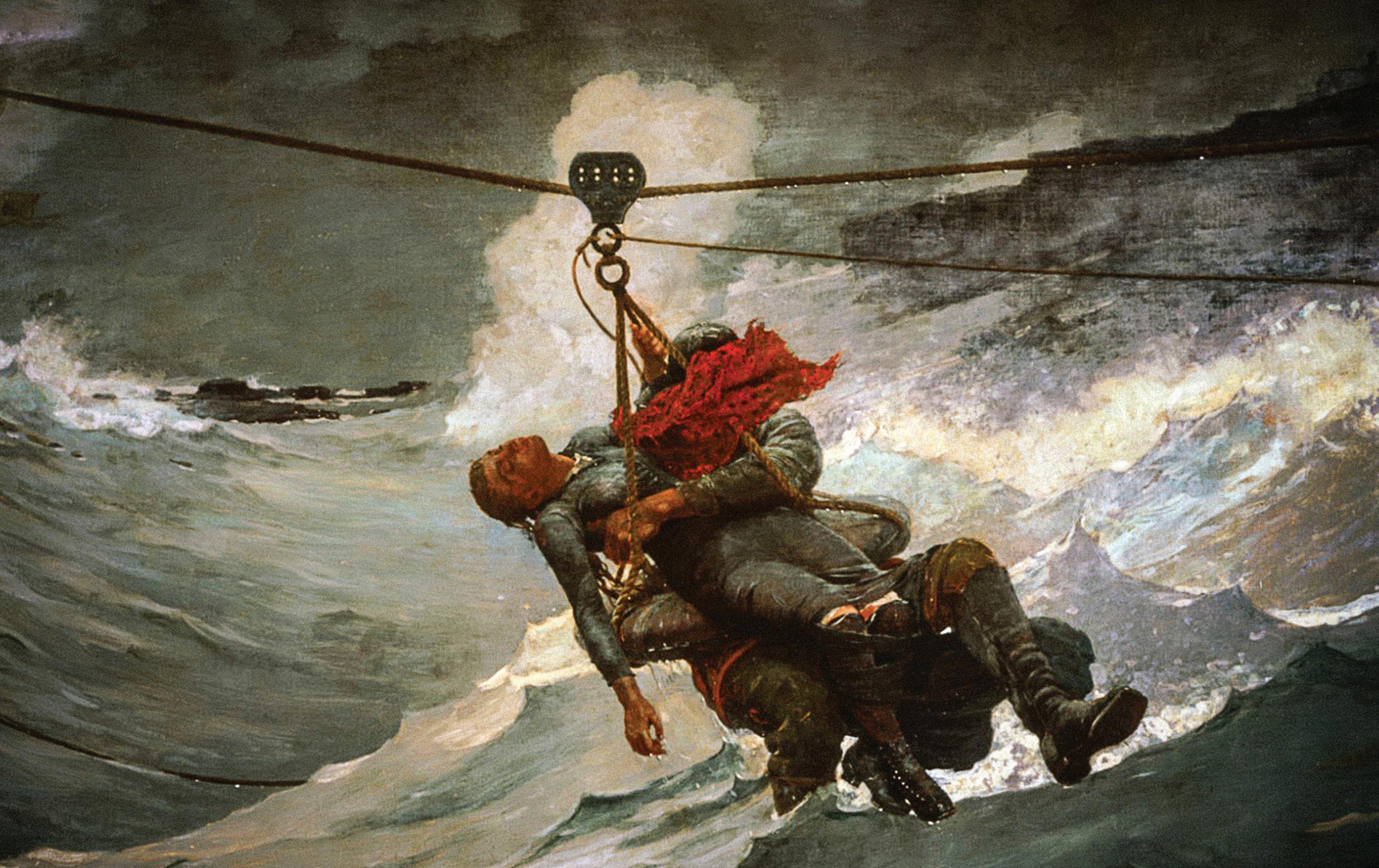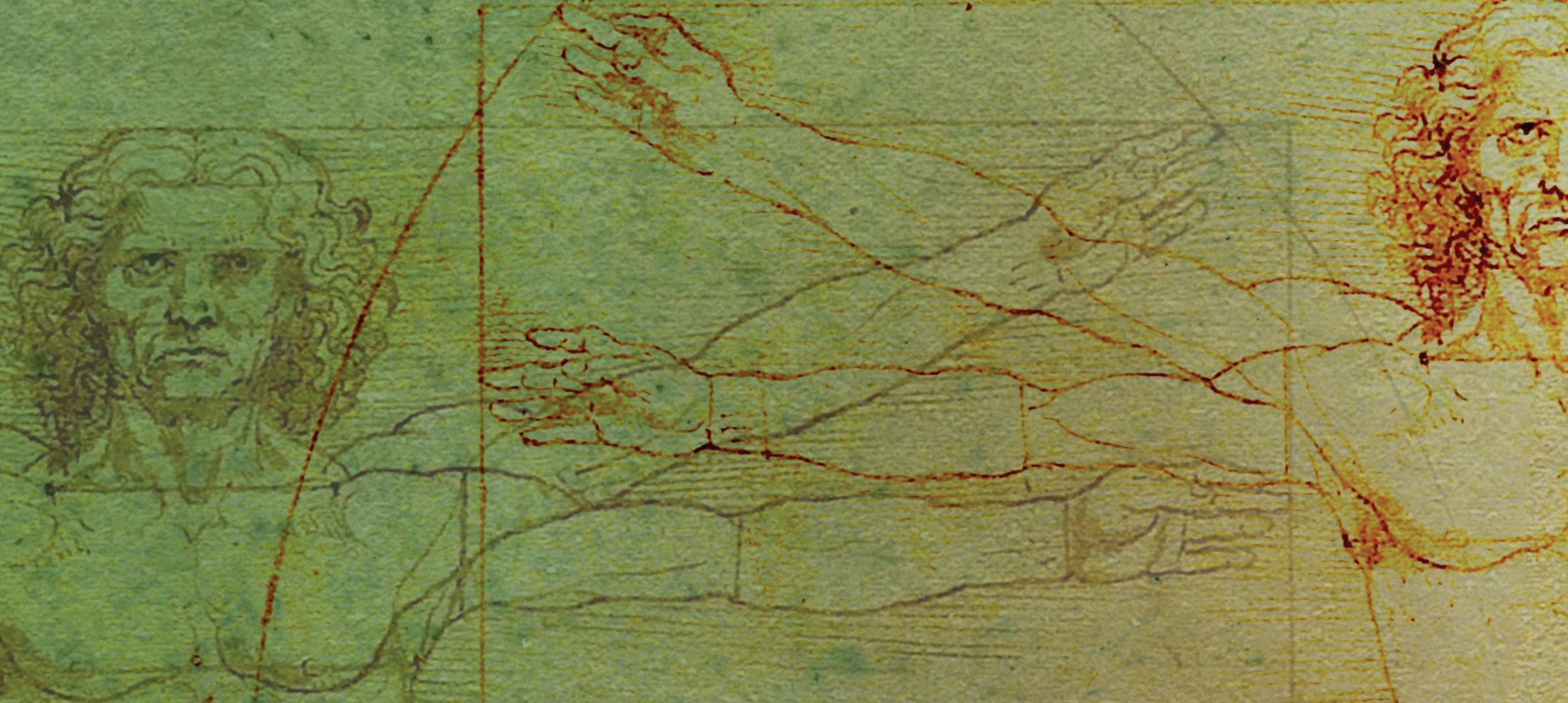
5 minute read
Protagoras' Dilemma by Martin Cothran
Protagoras’ Dilemma The Crowning Glory of Traditional Logic Is the Dilemma by Martin Cothran
The most sophisticated and yet elegant argument form is the dilemma. If you know how to use the dilemma you have achieved the logical equivalent of a black belt. Using a structure built from several different types of argumentation, the dilemma corners your opponent by presenting him or her with a difficult choice between two unacceptable alternatives. There are only three ways to respond to a dilemma, two of which are the previously mentioned unacceptable alternatives, and one of which is called the "counterdilemma," an argument form that is equally as sophisticated as the dilemma itself.
One of the most famous examples of the dilemma and counter-dilemma is that of Euathlus and Protagoras. Euathlus, an aspiring rhetor (the ancient equivalent of an attorney), went to Protagoras, a famous teacher of rhetoric, seeking training in logic and rhetoric. But he couldn't afford the tuition, so he made a deal with Protagoras.
Euathlus promised to pay the teacher half of his tuition up front and the other half when he had won his first case in court. Protagoras agreed. But after Euathlus graduated, several years went by and Protagoras still had not received the remaining half of the tuition. So Protagoras wrote Euathlus and demanded the other half of his money. Euathlus wrote him back and reminded his former teacher that he had promised to pay him back only when he had won his first case, and that he had
never put his training into practice in the courts and thus had never won his first case. Therefore, concluded Euathlus, he did not have to pay the remaining tuition.
Acknowledging the agreement, and faced with losing the other half of the tuition, Protagoras did an interesting thing: He sued his former student for the tuition, forcing Euathlus into a dilemma. Protagoras wrote Euathlus and told him of his plan. He would sue Euathlus, he said, and when he sued him, only one of two things could happen: Either Euathlus would lose, in which case he would have to pay Protagoras because the court would have decided against him, or he would win, in which case Euathlus would still have to pay Protagoras because the agreement was that Euathlus would have to pay him after he won his first case. So, in either case Euathlus would have to pay up.
In logic, we often put words into symbols in order to see the form or structure of the argument. If you look at the box on the right, you will see, in symbolic form, Protagoras' argument. "P" stands for "Euathlus loses the case," "Q" for "Euathlus should pay me," and so on. This will be important when we look at the next step in the dispute between the two men, both of whom—Protagoras because he was a master of the arts of logic and rhetoric, and Euathlus because he learned it from Protagoras— were well-versed in how to argue.
Euathlus well remembered this kind of argument form; Protagoras had taught it to him. But Euathlus also remembered something else he had been taught: There were three ways of getting out of a dilemma. The most complicated of these ways is called a counter-dilemma. It was this that he employed against his old schoolmaster.
Euathlus wrote Protagoras back and acknowledged the dilemma that he was now in, but pointed out to his old teacher that he had also taught him the counter-dilemma. Euathlus began by stipulating all the facts of Protagoras' case, but countered by saying that if he, Euathlus, won the case, then he would not have to pay Protagoras because the judge would have said so, and if he lost the case, then he would not have to pay him because their agreement was that he would only have to pay Protagoras when he won his first case. Therefore, in either case, he did not have to pay him.
What did Euathlus do to turn this argument around on Protagoras? Look at the symbolic form to the right. Euathlus switched the two antecedents of the conditional (If ... then) statements in the first premise.
In other words, he switched the P ("Euathlus loses the case") and the R ("Euathlus wins the case") and negated the Q. Presto: He has countered Protagoras.
Once a student knows how to employ the dilemma and counter-dilemma (thereby indicating that he knows all of the different argument forms the dilemma incorporates), he has, practically speaking, mastered the system of traditional logic.
1.
2.
3.
P If Euathlus loses the case,
Q
then he should pay me on account of the judge’s ruling.
(because the court will have decided against him)
AND
R If Euathlus wins the case,
Q
then he should pay me according to our original agreement.
(that he should pay me when he wins his first case)
P R
Euathlus must either lose the case or win it.
Q Therefore, in either case, he should pay me.
Symbolic Form:
1. 2. 3. If P, then Q; and if R, then Q Either P or R Therefore, Q
Euathlus’ Counter-Dilemma
1.
R If I [Euathlus] win the case,
not Q
then I shouldn’t have to pay Protagoras on account of
the judge’s ruling. (because the court will have decided for me)
AND
2.
3.
P If I [Euathlus] lose the case,
not Q
then I shouldn’t have to pay according to our original
agreement. (because I did not win my first case)
P R
I must either lose the case or win it.
not Q Therefore, in either case, I should not have to pay him.
Symbolic Form:
1. 2. 3. If R, then not Q; and if P, then not Q Either P or R Therefore, not Q









